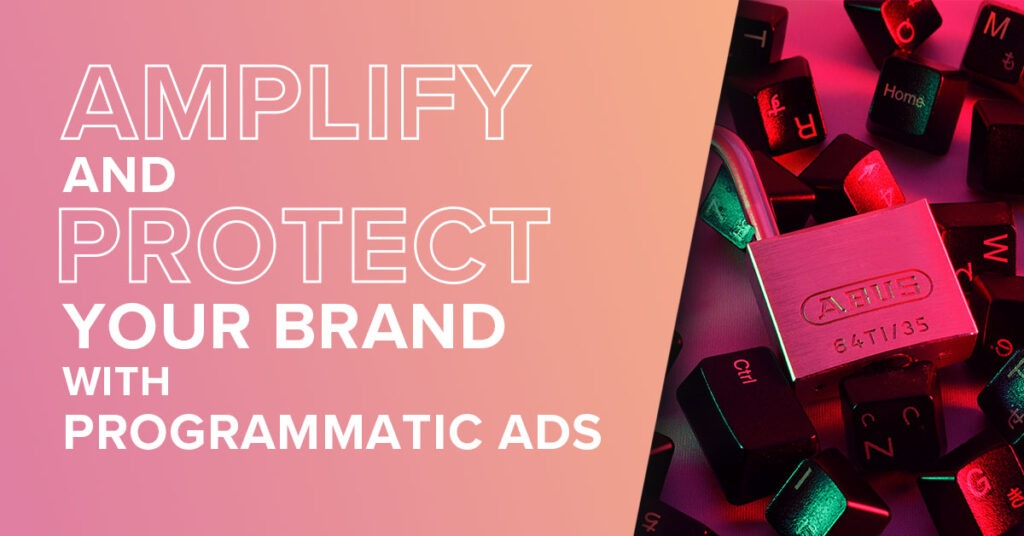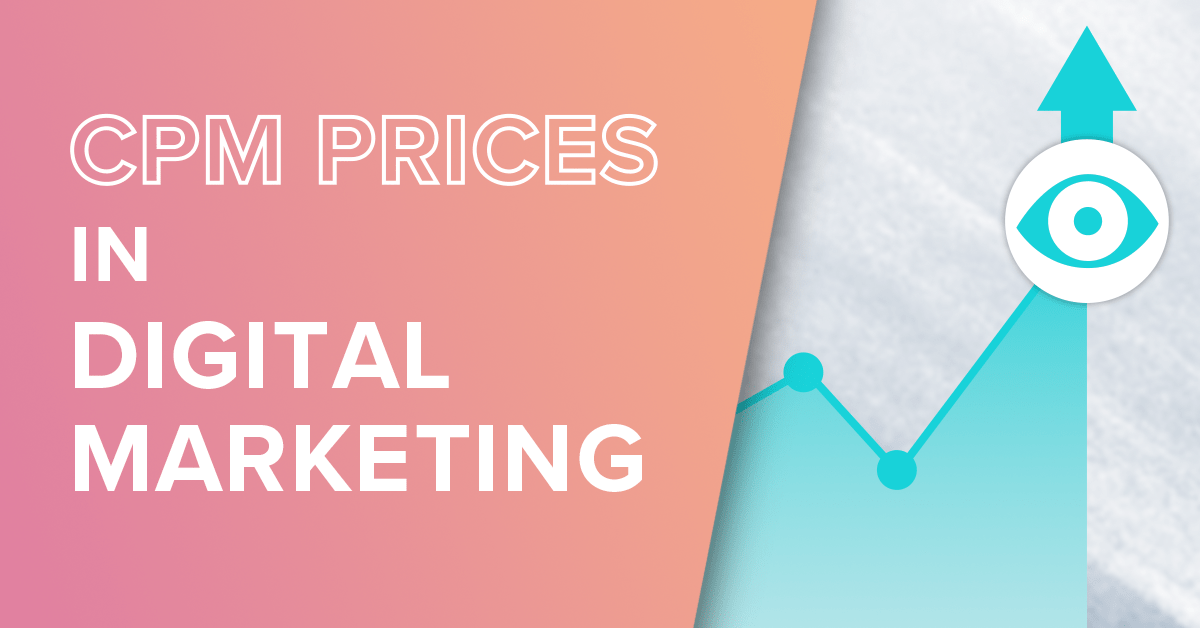Programmatic amplifies and protects your eCommerce brand
December 5, 2022

There’s an old saying in the marketing world: it takes years to build a brand–but only seconds to destroy it. This idea may be terrifying, but there’s good news: programmatic advertising offers sophisticated AI and powerful tools to help keep SMBs’ brands safe.
What’s the difference between brand safety and brand suitability?
Fundamentally, brand safety is all about managing and preserving your brand’s reputation. This means taking precautions to avoid “negative adjacency.” Essentially, this is all about making sure your brand doesn’t appear in potentially damaging contexts, such as on a site with hate speech.
Brand suitability builds upon the practices of brand safety by finding opportunities for “positive adjacency.” This requires taking a holistic approach to placing ads near content that is relevant to the brand and your audiences.
Brand safety and brand suitability are incredibly important, but achieving both is easier said than done. It’s also much simpler to prevent negative associations than it is to establish positive associations. If you’re an eCommerce merchant selling artisanal hand soaps, appearing next to content about industrial cleaning products is technically “brand safe” because you’ve successfully avoided harmful content involving violence, obscenities, or other unsavory topics. However it would be more “brand suitable” for your ad to appear next to content about shopping small for the holidays.
Why do brand suitability and brand safety matter?
Maintaining brand safety requires ensuring that your brand is only promoted on channels that are suitable for your business. Relevant messaging and brand-suitable ad placements matter for more than mere optics.
An ad can pass through many hands on its journey from advertiser/brand to landing on a webpage or app. Regardless of which link in the advertising supply chain is responsible for the actual placement of your ad, consumers hold the brand accountable. As of late 2021, 78% of consumers somewhat or strongly agreed that brands should be concerned about their ads appearing next to negative content on a website or app.
How Programmatic Advertising Enhances Brand Safety
Fortunately, programmatic advertising excels at getting your message to the right audience in the right place – and it’s getting smarter and better all the time. DoubleVerify, an independent platform that authenticates the quality and effectiveness of digital media, measures “brand suitability block rate.” This metric tracks how often an ad is served in an environment that doesn’t match the advertiser’s criteria for brand suitability. Brand suitability block rate has been steadily evolving in the right direction, and was down to 6% as of early 2021, a significant improvement over 2019’s Q1 block rate of 9.4%.
Once upon a time, setting the guardrails of brand safety parameters could mean hours of untangling Boolean logic – when you’d really rather be running your ecommerce business. Programmatic advertising platforms like Match2One make establishing and managing these brand suitability criteria super simple for SMBs and ecommerce advertisers.
Brand Safety for Shopify Stores
Match2One’s brand safety tools are also available in the Shopify app they built specifically for ecommerce merchants. Match2One is the first app to offer programmatic advertising within the Shopify platform.
Curious to see how Match2One works? It’s free to install for your Shopify store, and Match2One is offering a bonus for early adopters who run ad campaigns during the busy Q4 holiday shopping season. We’re already hearing that it’s a game-changer for Shopify sellers!


